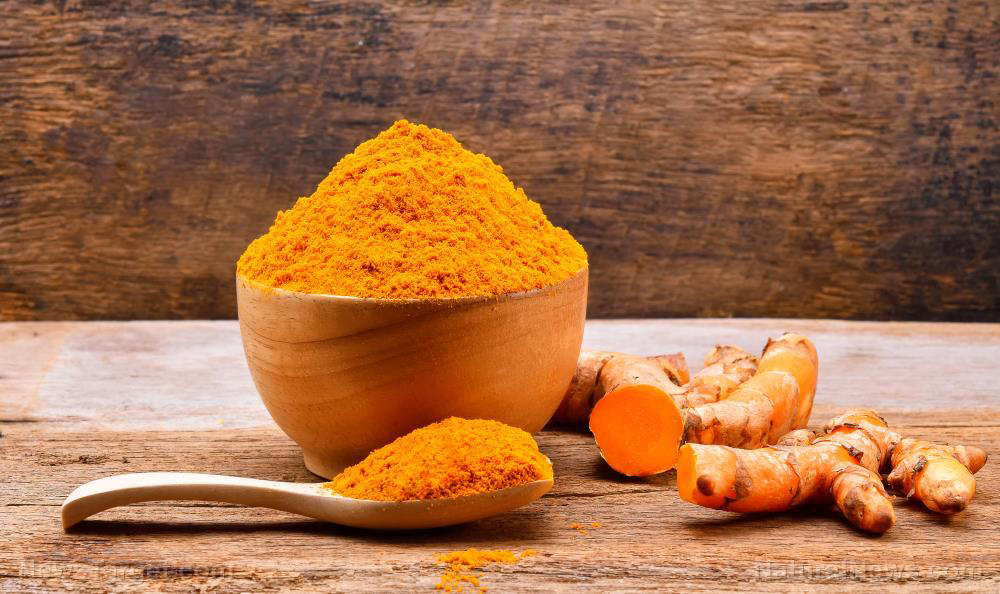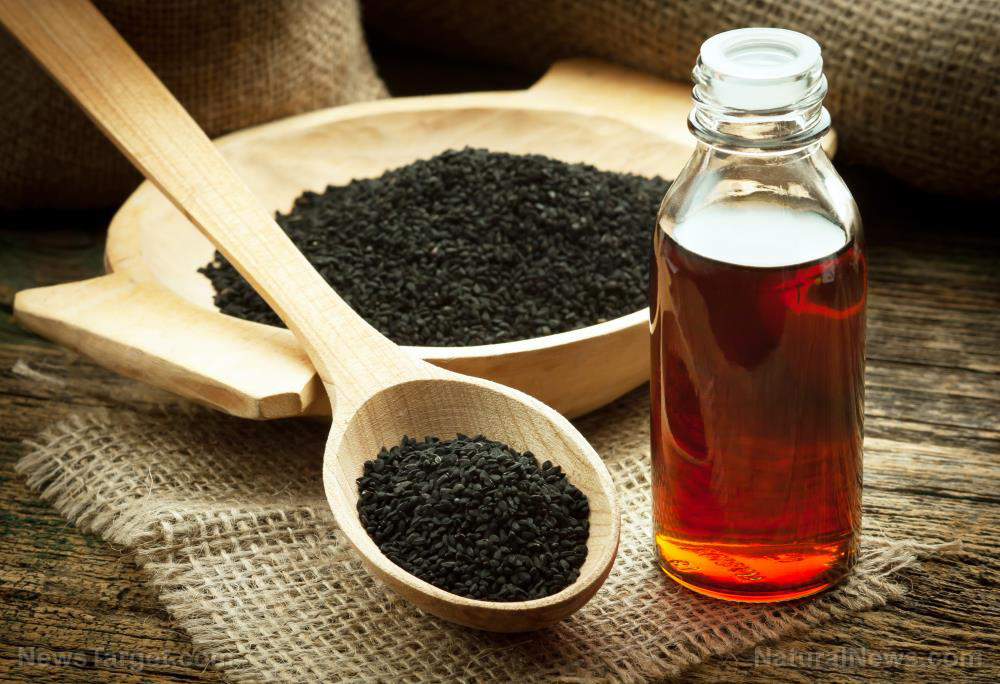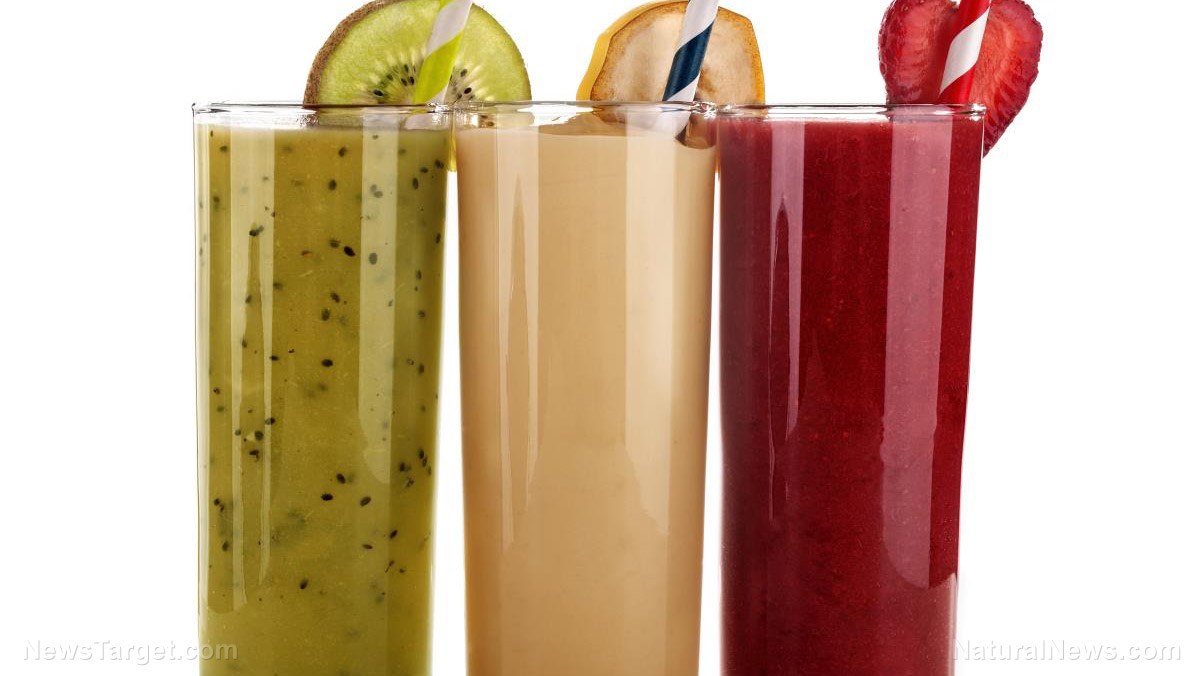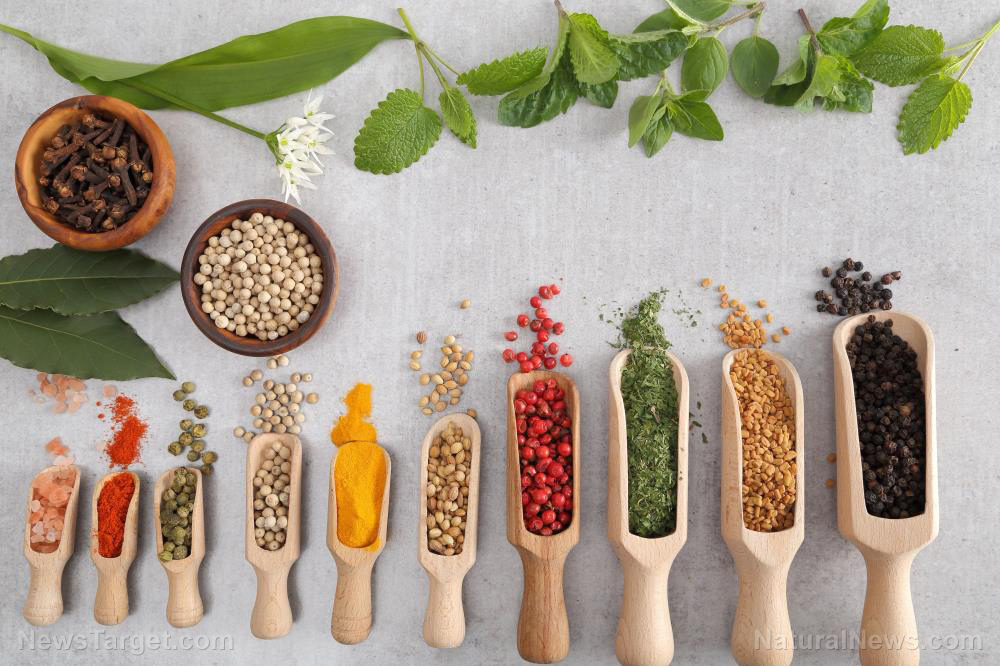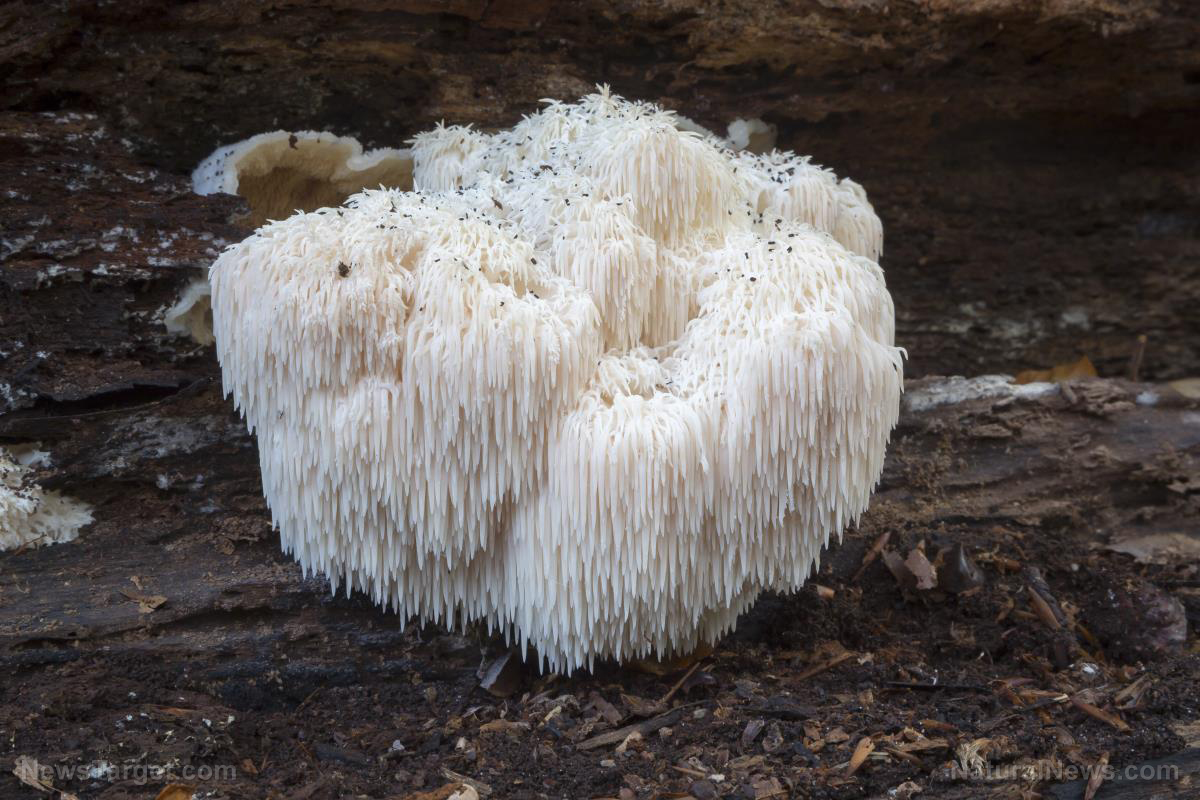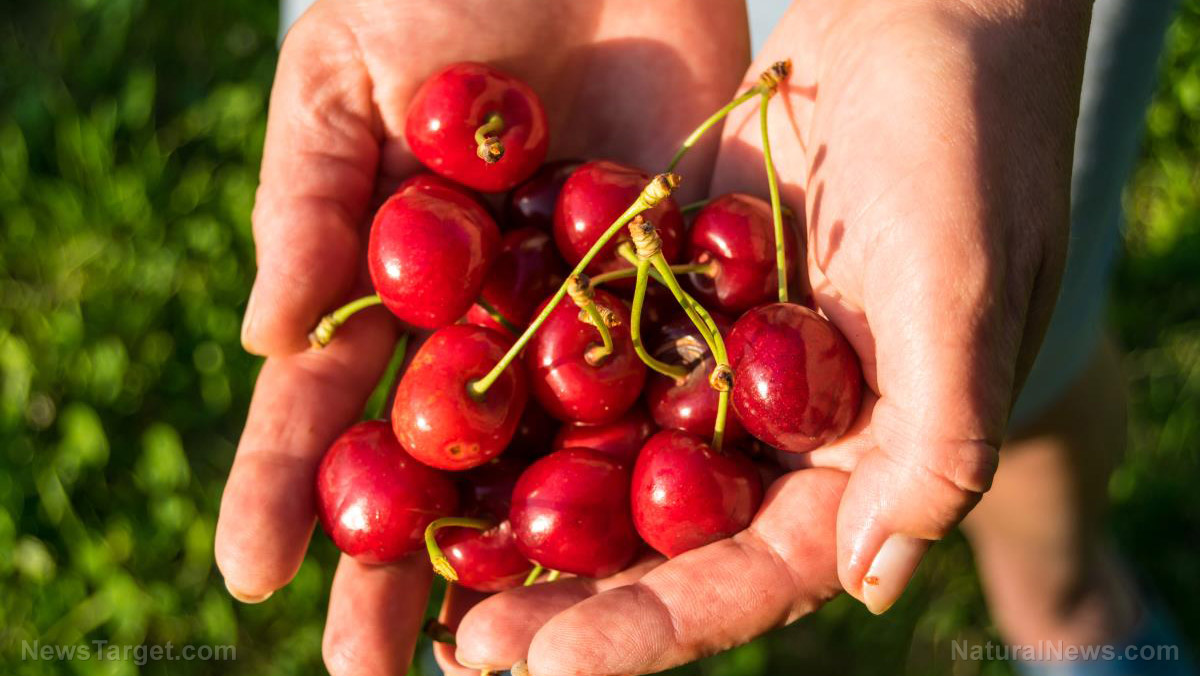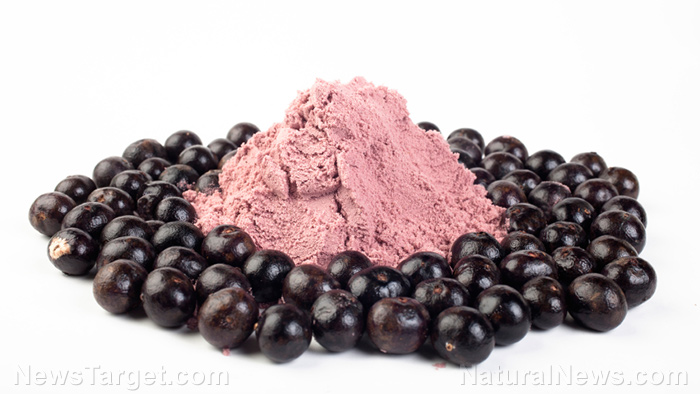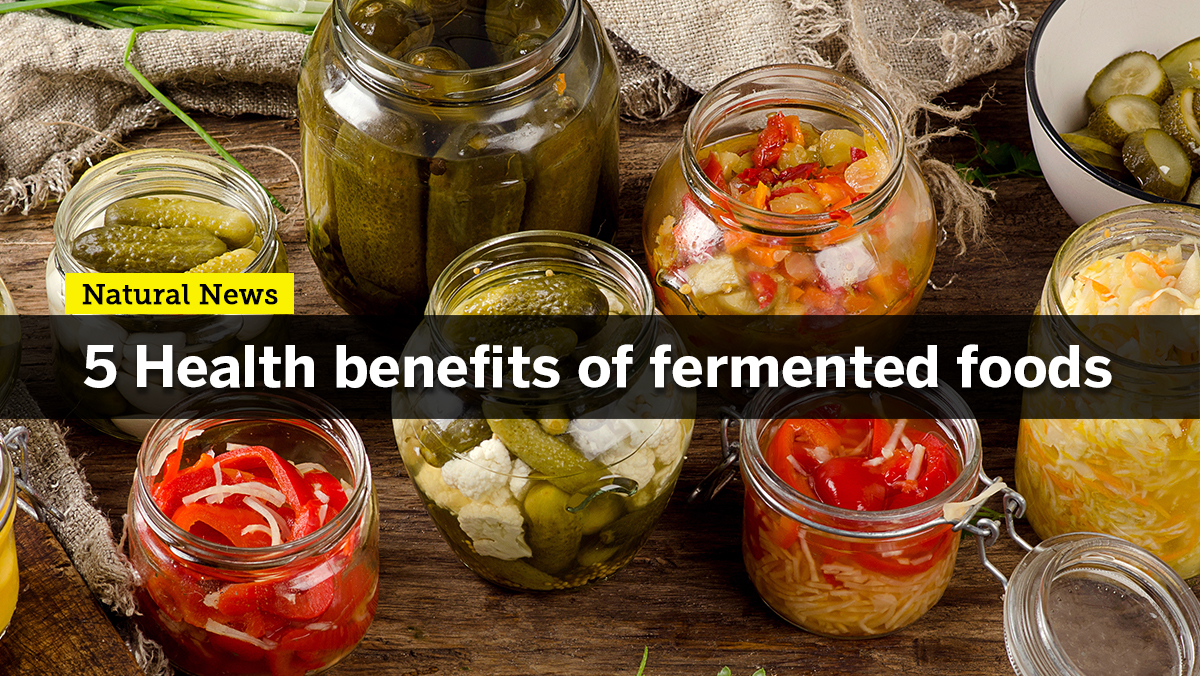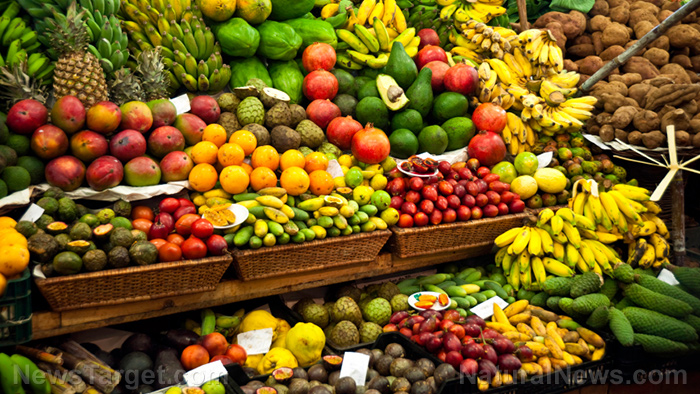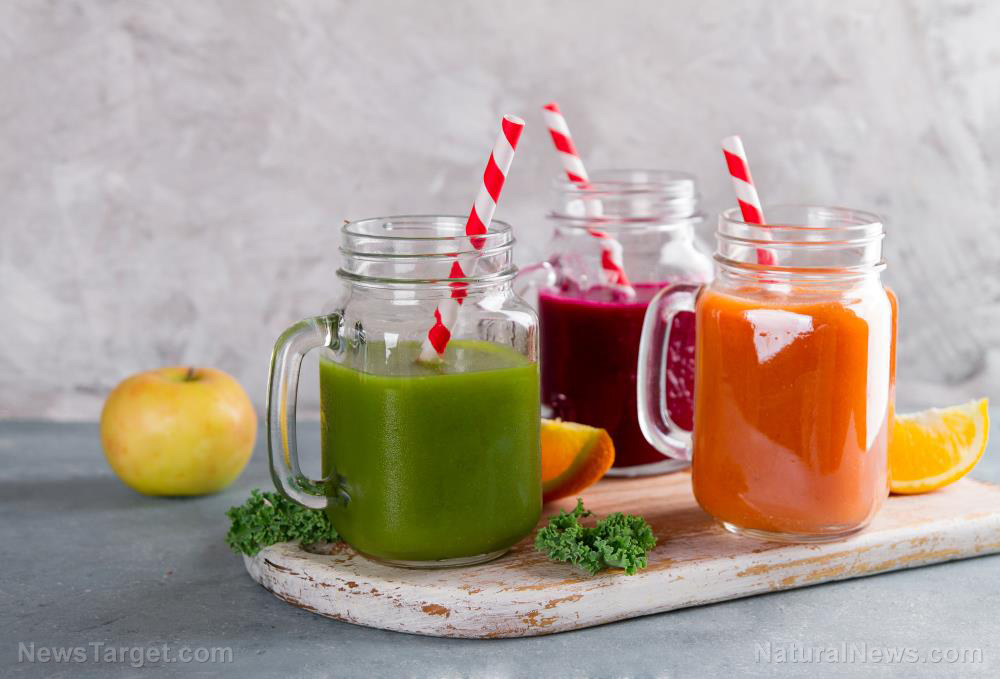Here’s what to eat (and avoid) if you have a candida infection
08/26/2019 / By Zoey Sky
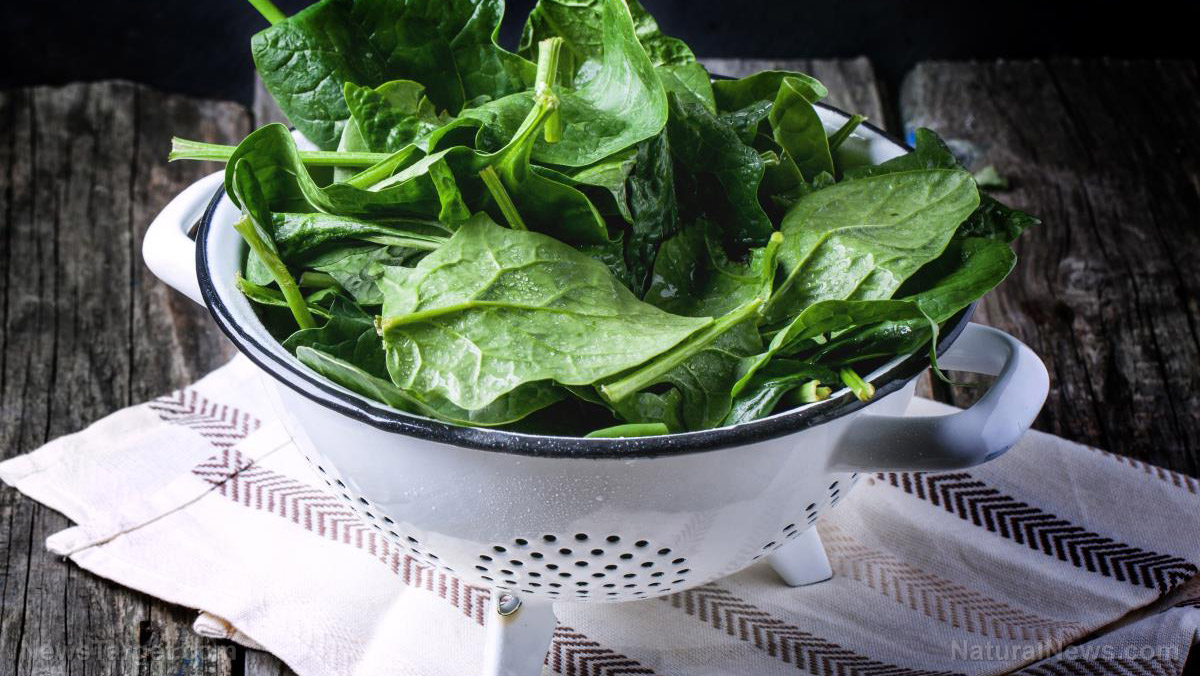
The human body is home to various kinds of fungi, such as Candida, a genus of yeast that’s usually found in the mouth, intestines, and skin. While this fungus is harmless at normal levels, a Candida overgrowth can cause candidiasis.
What causes candidiasis?
Candida is one of the most common causes of fungal infections in humans. The “good” bacteria in your body usually keeps Candida levels under control.
But when the levels of healthy bacteria are disrupted or if your immune system is compromised, Candida can overproduce.
These factors can cause a Candida overgrowth:
- Diabetes
- Eating a diet full of refined carbs and sugar
- High alcohol intake
- High stress levels
- Taking antibiotics
- Taking oral contraceptives
- A weakened immune system
Candidiasis can cause symptoms such as digestive issues (e.g., bloating, constipation, cramps, diarrhea, gas, or nausea), fatigue, joint pain, oral thrush, recurring genital or urinary tract infections (UTIs), sinus infections, and skin and nail fungal infections. (Related: Everything you need to know about candida overgrowth.)
To manage candidiasis, restore balance to your microbiome by eliminating foods that feed Candida.
Foods to avoid
Candida is a yeast so you need to avoid things that can feed yeasts, such as the foods detailed below.
Alcohol
Alcohol is a fermented beverage that is converted into sugar once it is digested and metabolized by the liver. This sugar doesn’t have nutritive value and can aggravate yeast problems.
Caffeine
While caffeine itself doesn’t feed yeast, it alters your blood sugar and worsens candidiasis.
Condiments
Condiments like ketchup are full of sugar and preservatives that can feed Candida. Avoid white vinegar, which is also fermented.
Dairy products
Dairy products such as cheese, cream, milk, and some yogurts can aggravate candidiasis. If you’re going to eat yogurt, opt for plain yogurt without added sugar.
Milk and cheese are also full of lactose, a type of sugar that interrupts bacterial balance.
Grains
Grains like barley, rye, and wheat are digested into simple sugars that can feed yeast. The same is true of gluten-free grains such as quinoa and rice.
Legumes, high-mold nuts, and seeds
Some nuts have a higher natural mold count compared to others. The worst offenders are pine nuts and walnuts, followed by cashews, peanuts, and pistachios.
Nitrates and sulfates
Both nitrates and sulfates are additives often used in products like deli meat, jerky, and meat bars. Since these foods are preserved, they have a higher mold count.
If you have candidiasis, consume fresh, uncured meat.
Refined fats
Refined fats are overly processed, don’t contain nutrients, and can easily go rancid because they’ve been processed to remove many of the nutrients that prevent rancidity, such as vitamin E.
Refined fats include canola oil and margarine.
Sugar
All types of sugars and sweeteners must be avoided while you’re following a Candida diet. No matter what form of sugar you eat, once sugar is digested, it is broken down into simple glucose molecules that feed Candida at a cellular level.
Sugary fruit
While on the Candida diet, avoid sugary fruits like bananas, citrus, and mango. You should also avoid dried fruits like dates and raisins.
Foods to eat
These foods nourish the good bacteria in your gut that can control yeast overgrowth.
Low-starch vegetables:
- Asparagus
- Brussels sprouts
- Cabbage
- Cauliflower
- Celery
- Cucumbers
- Garlic
- Kale
- Onions
- Raw tomatoes
- Spinach
- Zucchini
Fresh, uncured meats and protein-rich foods:
- Chicken
- Eggs
- Sardines
- Turkey
- Wild-caught salmon
Low-sugar fruits such as berries, lemons, and limes.
Healthy fats like avocado and olive oil.
Low-mold nuts and seeds such as almonds and sunflower seeds.
Antibacterial foods like apple cider vinegar or coconut oil.
Consider taking probiotic supplements that can help balance your gut bacteria.
If you suffer from candidiasis, avoid eating sugary foods and refined grains. Instead, follow a Candida diet full of nutritious foods to manage a yeast infection and restore bacterial balance in your body.
Sources include:
Tagged Under:
RECENT NEWS & ARTICLES
COPYRIGHT © 2017 SUPERFOODS NEWS




